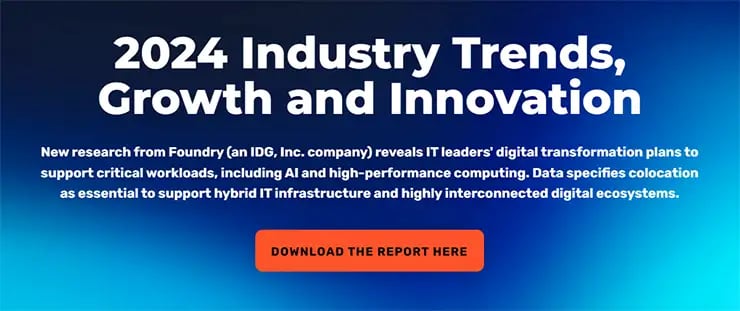
How to Survive (and Thrive) in the Ultra-Competitive SaaS World
Few will argue that software-as-a-service (SaaS) is putting legacy software delivery via download and local storage on the fast track to extinction. By 2020, industry experts project that over 60% of public cloud computing and more than 70% enterprise applications will be powered by Internet-based, subscription-style delivery.
The SaaS model has gained popularity and favor over the last decade and is expected to continue growing more than 20% each year for the next few years. That growth is due, in part, because consumers are drawn to SaaS’s cost-effectiveness, reliability and easy access to the tools they need. SaaS companies themselves — the ones who own, deliver and manage cloud-based offerings — also see many of the same benefits in the form of less infrastructure to manage, easier scale, greater agility and lower costs.
Yet, running a SaaS-based business isn’t all rainbows and unicorns. As demand grows, so do expectations for high-performance, availability and security. Nearly 30% of app users say they’ll permanently abandon a site that’s too slow or unresponsive.
That number surely climbs when an app isn’t available at all, which already occurs up to 27 hours per month for the average enterprise. And if security measures are somehow circumvented resulting in a breach – the damage to a business’s reputation can be incalculable and dwarf the immediate financial losses of up to $5 million some enterprises experience in the aftermath.
To reap the rewards of a SaaS business model, service providers need help managing increasingly common hybrid IT and evolving multi-cloud infrastructures in today’s business environment. Aligning themselves with data center partners with hyperconnected colocation and direct connectivity with cloud providers can help keep costs in check, meet growing customer and business demands and gain a competitive edge in the market.
When good ideas go horribly wrong
To be a top contender in the SaaS game, companies need to arm themselves with the IT support and expertise that can address real business concerns while also optimizing the performance and security of a SaaS offering. Without the right tools, technologies and support, a SaaS offering can quickly become a drain on resources and a drag on efficiency.
Unfortunately, even some of the world’s most recognizable and successful brands have learned this lesson the hard way:
- A popular streaming media company experienced a global outage, taking its service to 140 million people offline for more than an hour leading to a spike in customer complaints and threats of cancellation.
- A well-known online retailer misallocated its computing resources, leaving 80% idle for the majority of the year and scrambled to buy up compute capacity during heavy traffic times — to the tune of tens of millions of dollars in unnecessary expenditures each year.
- A leading travel site experienced a security breach that affected more than 1 million customer records, risking customer’s sensitive personal information and leaving the company exposed to millions of dollars’ worth of fines, punitive damages and lost revenue from customer churn.
The horror stories are numerous and enough to make any business leader reconsider their buy-in to the SaaS craze. Fortunately, having a reliable and informed data center partner can stave off potential disaster and help companies flourish in the as-a-service economy.
Choosing the right data center partner
A data center partner plays a critical role in delivering and managing a high-quality SaaS solution. Colocation services in particular help organizations solve the ever-present challenges around resource planning, performance, availability and security to earn (and maintain) important customer loyalty.
Like all important business decisions, selecting the right data center partner is difficult and shouldn’t be taken lightly. It’s the survival and success of an entire business at stake. When evaluating potential data center partners, SaaS leaders should especially look for providers whose facilities offer not just the latest in modern facilities, power redundancy and available floorspace, but also ones that can provide direct connectivity to cloud service providers from within the same facility.
Housing all required infrastructure — both cloud and bare metal — in the same building is important for addressing concerns around security, accessibility and scale. It’s also important that the data center offer more than just infrastructure, to the extent that the provider can boast an ecosystem of managed service provider partners that can help fill knowledge gaps, provide a roadmap for future growth and monitor and maintain service performance to enable sustainable growth.
The hockey-stick growth of SaaS has left many organizations scrambling to hop on board. But many make the leap without having the right foundation and support structures in place to effectively and efficiently develop, deliver and manage a SaaS offering. Choosing a forward-thinking data center partner can help optimize hybrid IT and SaaS operations to keep businesses relevant, competitive and well-positioned to adapt to future evolutions in the industry.








